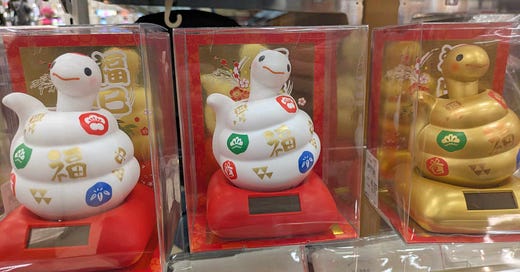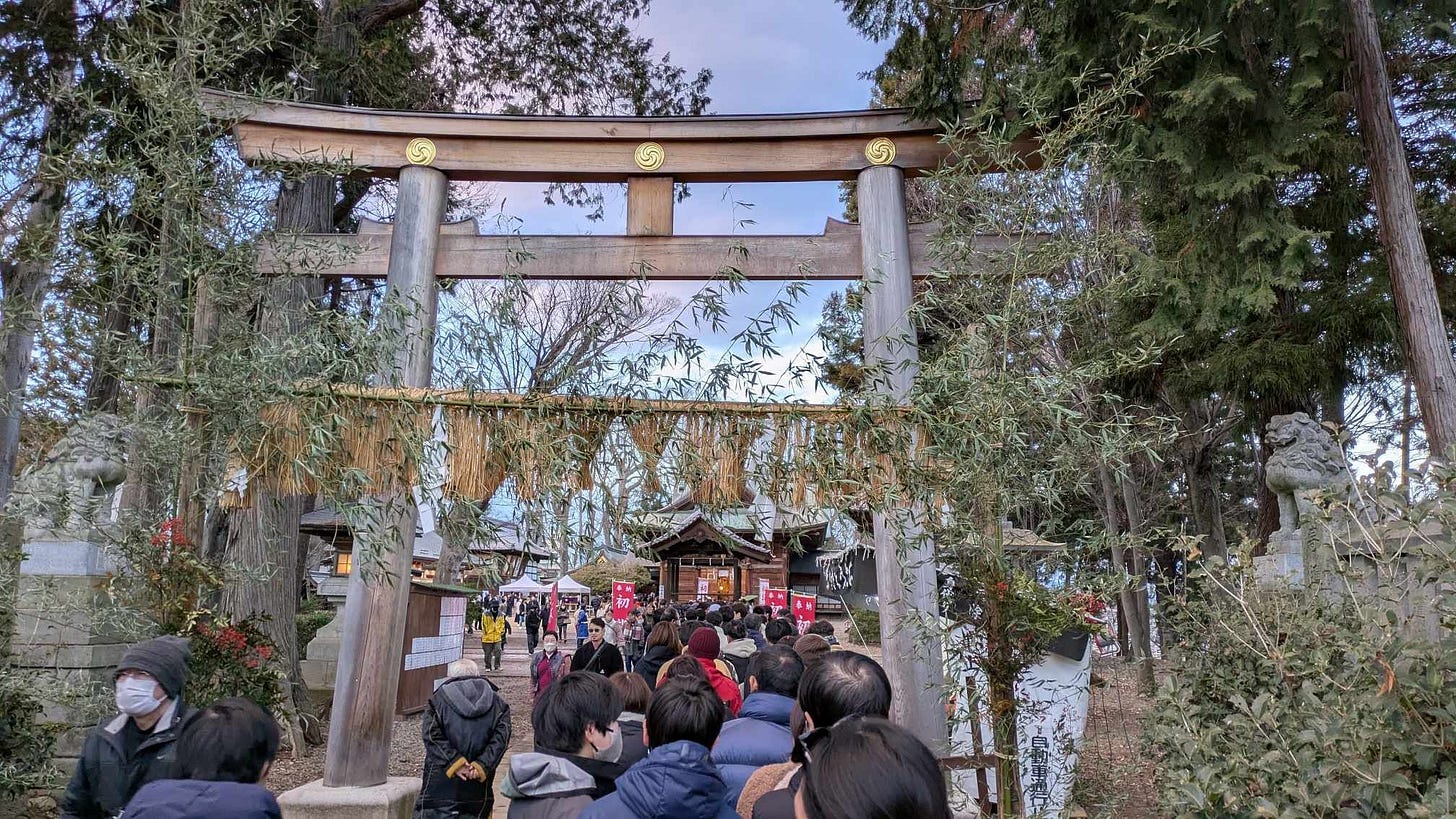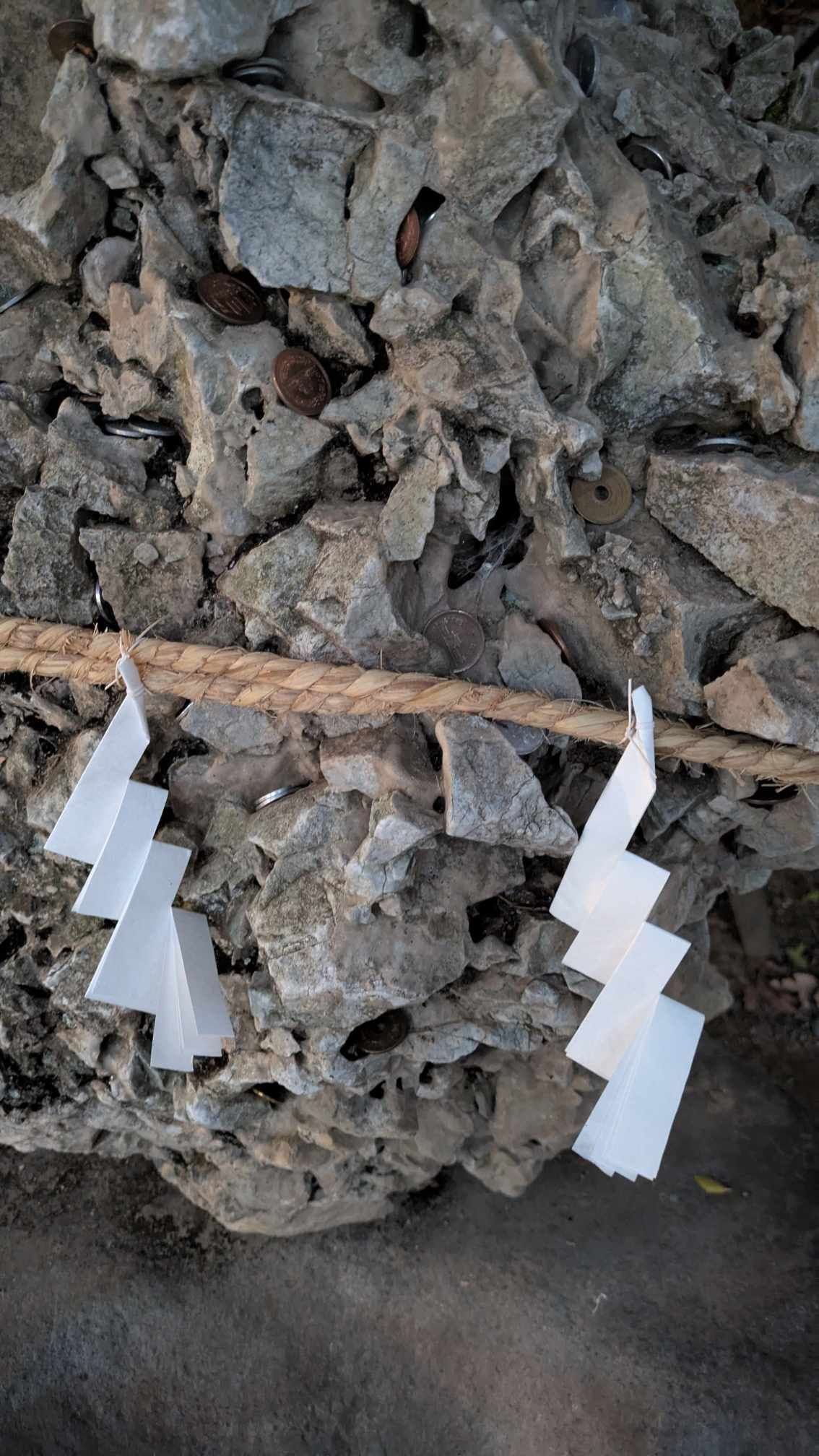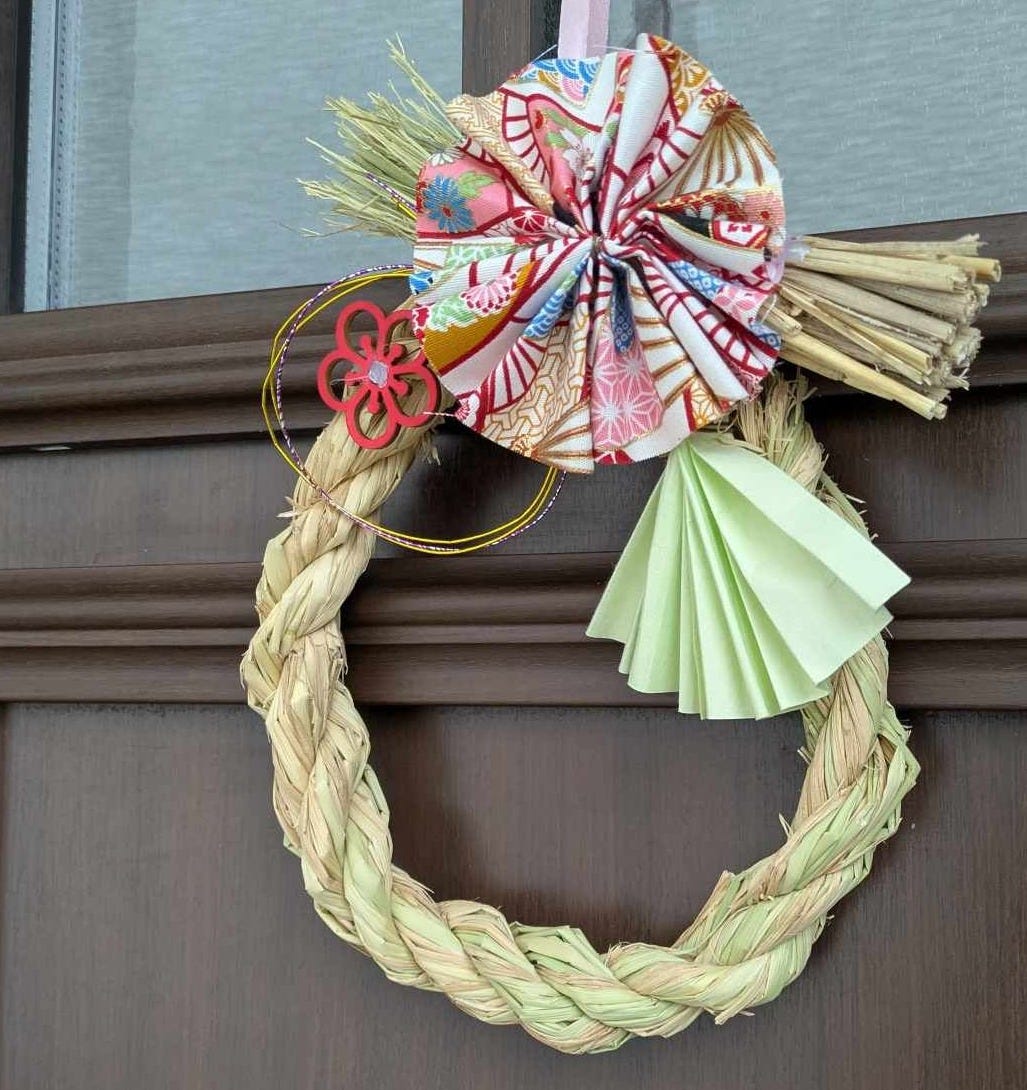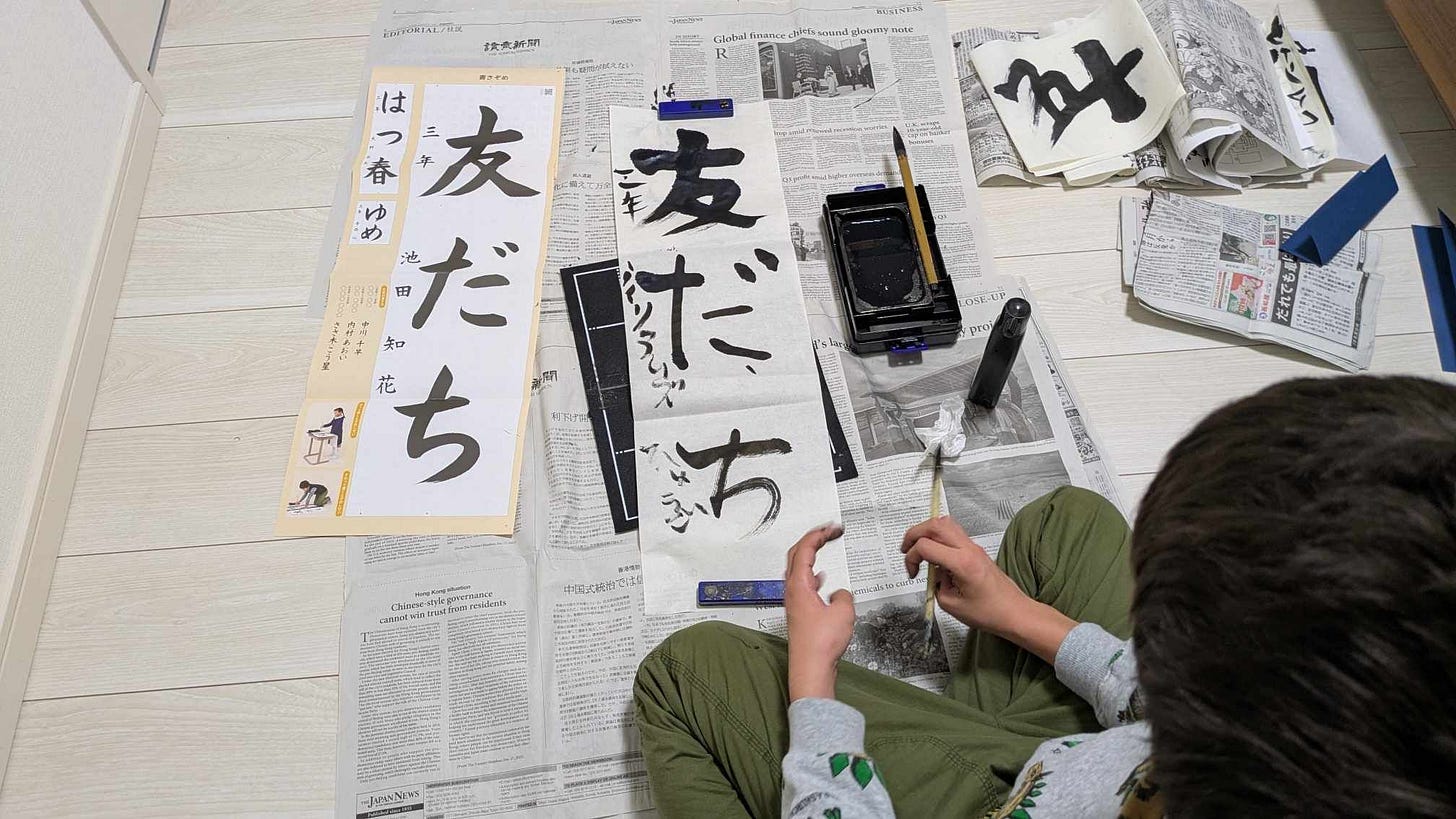Year 4: #3
In my last post I briefly mentioned the New Year’s Day Shrine visit. But the main topic of that post was food.
In my home country, the USA, religion is a huge topic. That’s probably why so many Americans ask me about religion in Japan.
A common saying about Japanese culture is that people in Japan are born Shinto, married Christian, and die Buddhist. This is because new births are blessed by a first shrine visit, marriages often happen in church-like wedding halls, and funerals are conducted by Buddhist priests.
However, the vast majority of Japanese people I speak with define Japan as an atheist (無主教)country.
Yet some traditions have clear religious roots.
Every year, Buddhist temples across the country count down the new year with 108 tolls of the temple bell. And the next morning millions of people make their way to a Shinto shrine for the first prayer of the new year.
My family skips the bells but always heads to the shrine for the first prayer.
The first prayer is called Hatsumoude. People walk up to the altar, throw some small denomination coins into the offering, and do the prayer. Each shrine holds a different god (Kami-sama)and they have different ways of conducting the payers.
At the shrine we visit, you throw the coins, clap two times, bow two times, then clap one more time and pray.
My mother-in-law told my youngest son to make sure to say his name and address when he prayed so the kami-sama would know who he was and grant his wish.
After the prayers, we typically get a new year’s fortune reading which costs 200 yen (a couple bucks). If the fortune isn’t great, it is tied to a string on the shrine grounds.
After that we get snacks.
Other signs of Shinto traditions are New Year’s decorations that people hang or set on their front doors or in the doorways of their shops. There are various meanings for these, and they are typically burned at a community event at a shrine event that happens a short time after the turn of the year.
The Japanese zodiac is very similar to the Chinese zodiac. In Japan, there is a boar instead of a pig, and the zodiac changes based on the Western calendar. This year is the year of the snake.
New Year’s time, and winter vacation are also a time to do a lot of shopping. There are various sales, so we end up spending time in the malls and department stores.
The above decoration was in front of the opening of a local mall. Children get money for New Year’s. A lot of that money is saved, but some of it is spent, too.
There was even still a Tower Records at the mall we went to. I am pretty sure that Tower Records in the US no longer exists.
Unfortunately, winter vacation is also a time for homework. Here my son works on his calligraphy:
The kanji (Chinese character) he was writing means “friend.”
Some of the other homework assignments he has are jump roping, and journaling along with some other worksheet type assignments.
One of the great things about Japanese education is that is extremely well-rounded. Of course, there are some negatives, too, like excessive homework.
Today is my last day of winter vacation, and I am back to work tomorrow. I plan to head down to Azumino, Nagano to participate in a New Year’s wrestling event that will be loosely tied into Japanese New Year traditions.
I will make sure to update you about that next chance I get.
